Rio de Janeiro is well known for its unique landscape that combines sea and mountain in the same scenery. For tourists, beaches are an obvious choice, as well as the visit to its most famous monuments: the Corcovado and the Sugarloaf. But there is much more to do in the Marvelous City.
It is very common for tourists to arrive here and realize that 5 days is not enough to enjoy the different attractions and particularities of Rio de Janeiro. After all, how to enjoy a beach or admire a landscape in a hurry?
However, for those who have planned only 5 or fewer days to visit our city, here is a list of 10 unmissable things to do in Rio de Janeiro. We, Cariocas, guarantee that your trip will be complete if you don’t miss any of these things!
1. Visit Christ the Redeemer
It’s cliché, it’s obvious, and it’s a must-do. Christ the Redeemer is always with open arms, on the top of Corcovado hill, blessing the city of Rio de Janeiro. Elected one of the 7 wonders of the world in 2007, even informally, it can be seen from various points of the city. And the ride there is more than a beautiful view of Rio. This is one of those places that have their own energy, and whose the path to it alone is already worth the ride, after all, is located in the middle of one of the world’s largest urban forests.
The art deco sculpture depicting Jesus Christ was inaugurated in 1931, and with its 30 meters high (plus 8 meters of pedestal) is the third largest sculpture of Christ in the world. On its foundation, there is a small chapel dedicated to Our Lady of Aparecida, Brazil`s patroness saint. From its viewpoint, you can see the city of Rio de Janeiro in 360 degrees, with all its beauty and splendor.
The visit, however, requires some planning. Firstly, because it is one of the most expensive attractions in the city. And, secondly, because to go by van or the Corcovado train (the option that we recommend), ideally you have to buy your ticket at least 24 hours in advance.
So plan yourself and do not let your way up there for the last minute! For more information, see the official website of the vans for Paineiras here or the official website of the Corcovado train here. And, if you need help, do not hesitate to hire our Consulting Services.
2. Go to Dona Marta Lookout
Another classic of the city. The mental image you have of Rio de Janeiro is probably the view from Dona Marta lookout, with the Sugarloaf well centralized in the middle of Guanabara Bay. For this reason, the visit to this lookout is a must-do and, it is free!
Enjoy your visit there to stroll through the Tijuca Forest and visit other lookouts in the region – see our list in the post ‘6 free and easy to access viewpoints in Rio de Janeiro’. If you go by car, this lookout can also be a pit stop before your ascent to Christ the Redeemer.
When in the lookout, be sure to observe the view from the heliport next to it and, if your budget allows, take a scenic helicopter flight. It`s beautiful!
3. Watch the sunset from Arpoador stones
The sunset can be observed from many places in Rio de Janeiro. But the favorite place of the Cariocas is undoubtedly the Pedra do Arpoador (Arpoador stones). After all, nothing better than saying farewell to another day of sunshine with a sea bath and the palette of colors that is formed around the surroundings of Morro Dois Irmãos (Two brothers hill).
The stones in Arpoador forms a natural grandstand for this spectacle worthy of applause. And the audience is always full of people from all regions of the city and the world. The place is super democratic!
So it`s worth to take your surfboard, fishing rod, your coconut water, and even some snacks for a picnic. (But please pick up your trash!). What is mandatory is to bring your joy!
The beach alone is already an attraction. But if you are the type of person who likes to know more than a single point of interest, from Arpoador is possible to do many other things on the surrounds. Learn more in the post: Arpoador, the favorite sunset of the Cariocas.
4. Drink a beer at Mureta da Urca
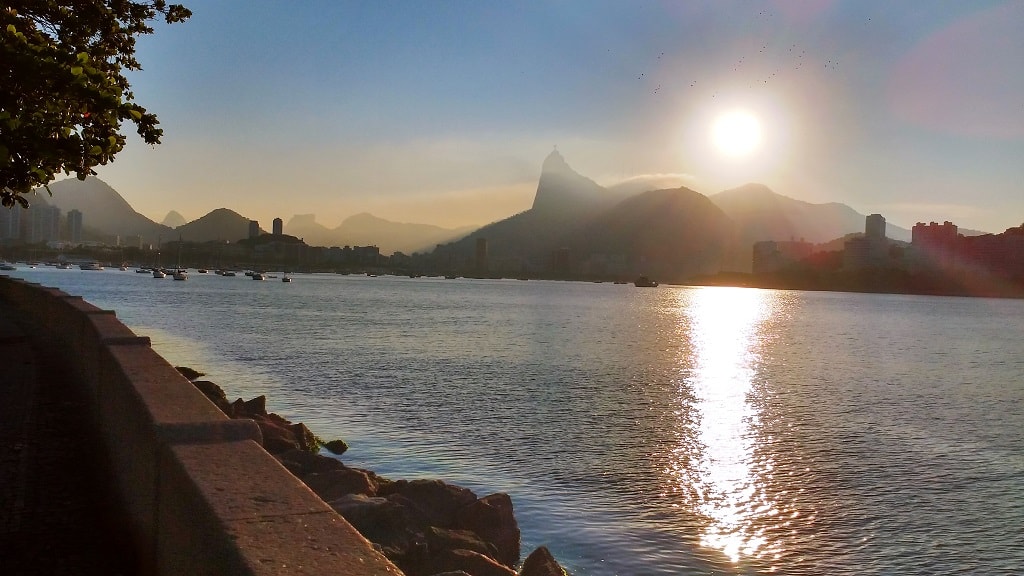
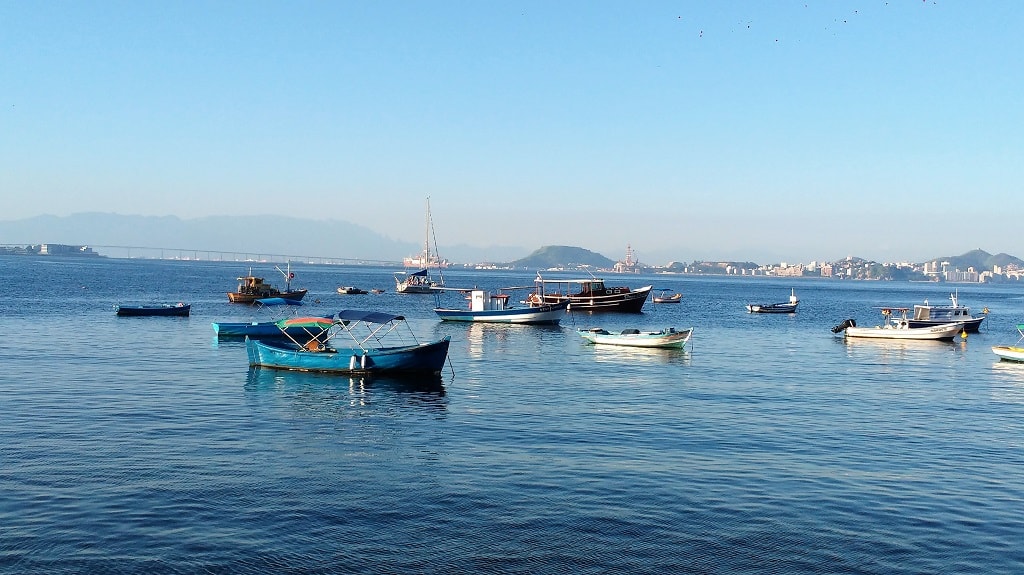
Urca is a very traditional residential neighborhood of Rio de Janeiro, located at the bottom of the Sugarloaf. It was there that our city began and where until today it is possible to see our Mile Zero. Nowadays, it is a noble neighborhood but frequented by young people from all over the city that walk along its wall that borders the Bay of Guanabara.
The local tradition is to buy beer and snacks in the bars of the area (especially the shrimp pastel – a Brazilian fried dough snack with different fillings like cheese, ground beef, and shrimps), cross the street and taste them on the wall, admiring the landscape. The happy hour, between 5 and 8 pm is quite busy. And on weekends, the competition for a little bit of space on the wall may start even earlier.
There are two main traditional points. The official and most expensive of them is in front of the traditional Bar Urca, famous for its pastel, pies, and cold beer. The second is affectionately known as “Pobreta da Urca” (something like poor Urca) because it is in front of Urca Grill, a more popular bar with less gastronomic ambitions and cheaper beers. The section of wall in front of them is always crowded, of course.
The view is fantastic from the two sites, including to admire the sunset. But know that from the “Pobreta” of Urca, you can see the sunset behind the Corcovado. It is breathtaking!

Carioca Tip:
If you go to the Sugarloaf, a good option is to end your day with a tour to the Mureta da Urca, accompanied by an icy drink.
5. Eat Feijoada and drink Caipirinha
Our famous national dish, called Feijoada is nothing more than a recipe very similar to the “Cassoulet” in France, the stew in Portugal, the “Casoeula” in Italy, and the “Puchero” in Spain. And its origin is undoubtedly associated with these dishes and the Colonization of Brazil by Portugal. (Fonte: Petit Gastro)
The Brazilian and Carioca versions, however, have two peculiarities. The first is that the dish is prepared with black beans, a native type of South America beans and very common in the diet of the native Indians. The second is the fact that it is accompanied by our delicious caipirinha – our national drink made with lemon, sugar, and cachaça (a distillate drink made from sugarcane).
Despite its European origin, the dish symbolizes much of what is nowadays understood as Brazilian cuisine, mainly because in the last decades it has gained very traditional accompaniments of our gastronomy: rice, farofa (made from cassava flour), braised cabbage, the crackling (pork belly slices deep fried) and orange.
It is indeed a feast!
For being a heavier-size meal that needs to be made in large quantities, you find it more often in the city’s restaurants on Fridays and Saturdays and less frequently on Sundays. To eat on other days of the week, a good option may be the touristic Casa da Feijoada, located a few meters from Ipanema Beach.
Caipirinha, however, can be found in any bar, kiosk or restaurant. And it can be a good company on the beach, on the wall of Urca and as an accompaniment to any meal. But, remember, it’s a strong spirit. So drink in moderation!

Carioca Tip:
Just as there are different types and qualities of beer and wine, there are also different qualities of cachaça. When in doubt, ask the establishment to choose a higher quality cachaça and literally avoid headaches.
6. Stroll along Copacabana beach sidewalk and have breakfast in Copacabana`s fortress
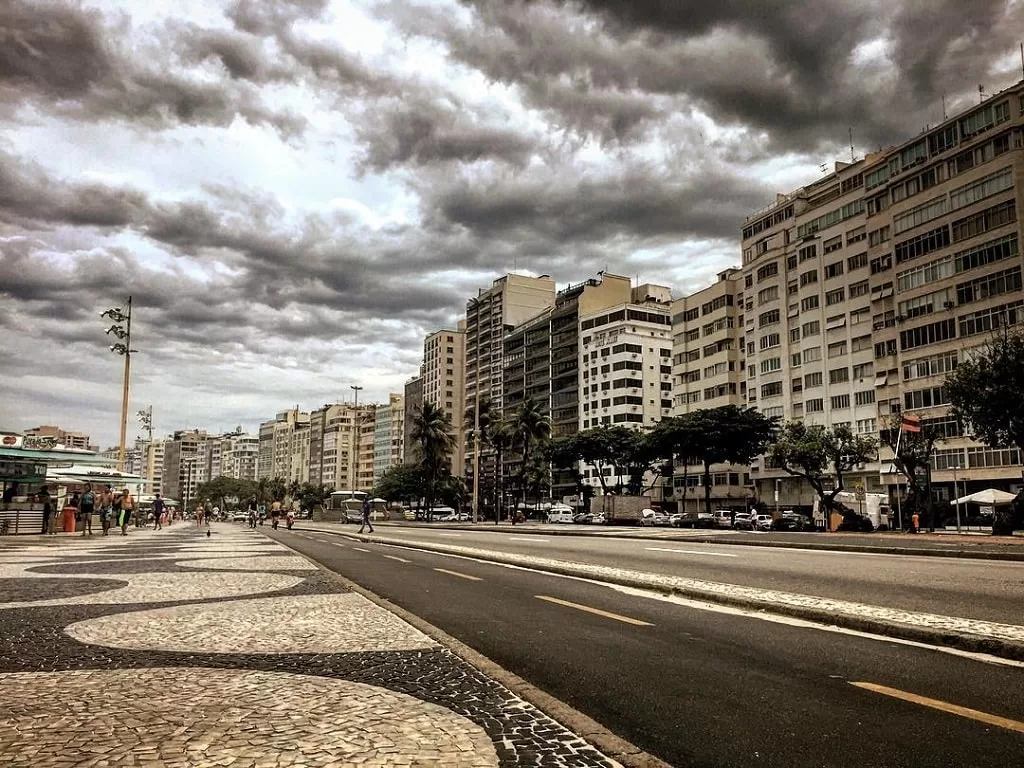
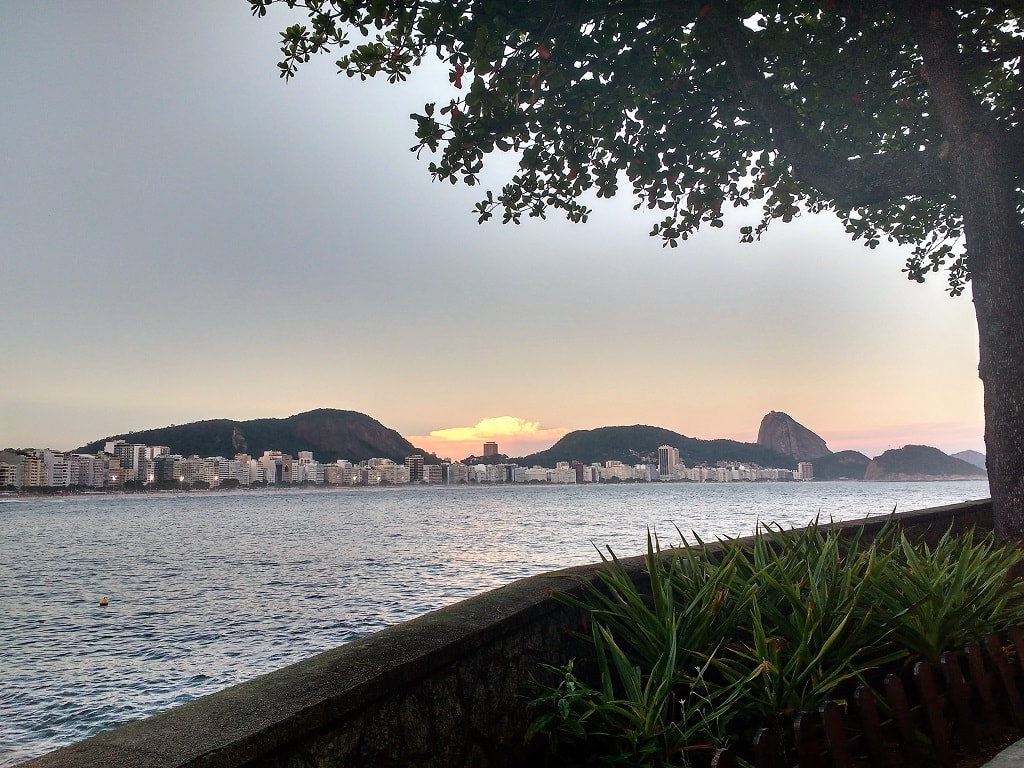
Copacabana Beach is one of the most famous attractions of Rio de Janeiro because of the beautiful buildings on its shore and its beach boardwalk full of curves made of Portuguese stones. There are those who like to rest on their sands and take a sea bath there. But believe me when we say that Copacabana is not so good to rest and bathe as it is to walk. The best of Copacabana Beach is its infrastructure, its landscape, its beach sidewalk. So walk the boardwalk from end to end and let your swim to another beach.
As a starting point for this tour (or to top it off), a nice option is to visit the Copacabana Fortress. From there you can see the whole shore of Copacabana and Leme beaches complemented by the Sugarloaf in the background.
The fortress has two cafes that offer a varied menu until 8 pm: Café 18 do Forte and a branch of the traditional Confeitaria Colombo. But the most coveted moment is breakfast. After all, starting the day in front of this landscape is pretty much a guarantee of good humor in the rest of it.

Carioca Tip:
If you are traveling on a budget, Forte’s Café 18 has significantly lower prices than Confeitaria Colombo.
7. Take a sun and sea bath in Praia da Barra
Have you strolled along the Copacabana shoreline but missed a sea bath? The right place for this is to go to a region a little further away, where the sands are less crowded and the waters cleaner.
Praia da Barra, located in the western part of the city, since 2016 can also be reached by subway. It is an 18 kilometers long beach with white sand, clear and green water. In the beginning, you will find a very young crowd enjoying beach sports, bars and kiosks in the area. Further ahead, between lifeguard towers 4 and 8, the beach becomes more familiar, with many beach chairs and sun umbrellas. Those, however, who enjoy nature, can go a little further, to enjoy the region where the beach is part of an environmental reserve.
For those who enjoy a sunbathing, this is undoubtedly the best option! After all, it sells a lot in the region, and its infrastructure allows you to spend all day there. It is also the best option for those who enjoy a sea bath. Because during low tide, you might be lucky enough to take advantage of natural pools that form from the sandbars.
→ Do you want to know about other beaches? Read our post ‘The 10 best beaches in Rio de Janeiro’.

Carioca Tip:
The classic snack of all Carioca on the beach is the duo: Biscoito Globo (biscuit made from super-refined cassava flour) and Mate Limão (Iced black tea with lemon). Do not miss out on this delight when enjoying the sands of Rio de Janeiro.
8. Walk around Lapa and Santa Teresa, passing by Selarón Steps
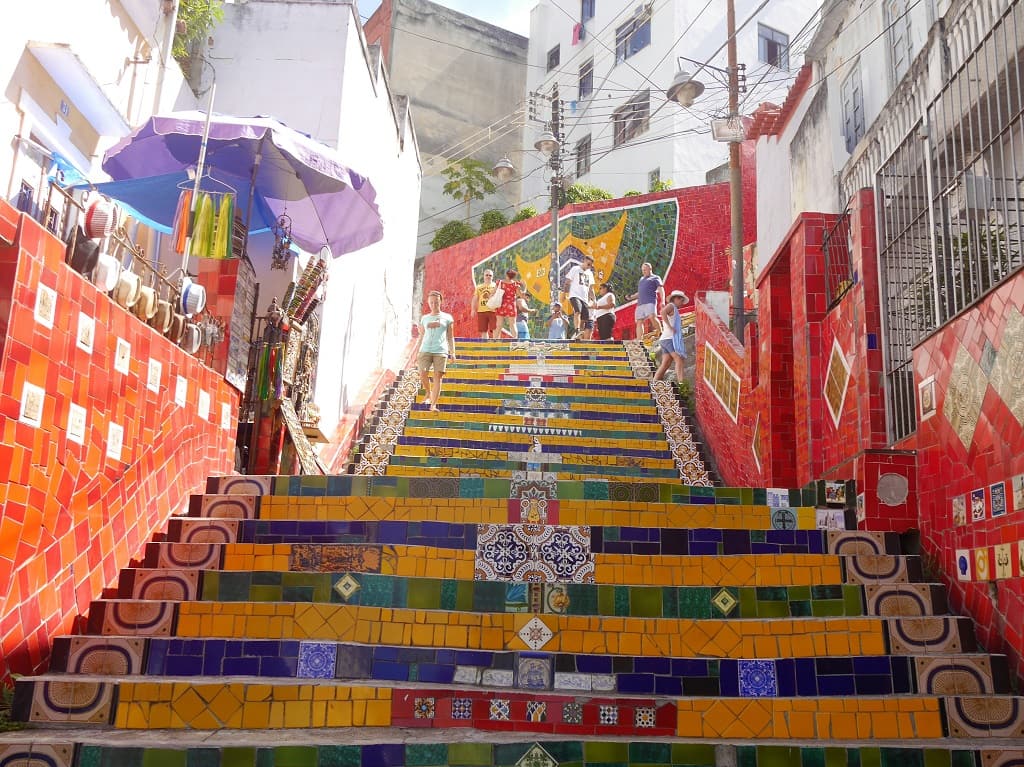
In order not to miss the older, more bohemian, artistic and cultural side of Rio de Janeiro, it is also a must see a visit to the neighborhoods of Lapa and Santa Teresa.
In fact, you should do this: alight at Carioca subway Station, and exit Avenida Chile. Nearby is the old Santa Teresa Tram Station. These were trams that circulated around the city in the late nineteenth century, beginning of the twentieth century. Buy your ticket (Timetables and prices here). You will pass over the famous arches of Lapa. Get off at Largo dos Guimarães first. Over there, you will see an old colonial house occupied by cool restaurants and many local artist studios.
Take the tram again or walk to Largo do Curvelo. There, take the opportunity to visit the House of the Ruins and enjoy the beautiful view. Then descend to the famous and colorful Selarón Staircase, decorated by the Chilean artist Jorge Selarón as a “homage to the Brazilian people.”
When going down the stairs, you will be in the famous neighborhood of Lapa! Now you can see the Lapa Aqueduct from underneath and enjoy the end of your tour in the biggest redoubt of Rio bohemia. After all, Lapa is full of bars, botecos (the Brazilian version of pubs) and restaurants for all styles.
→ Soon we will have a complete post about Lapa on our site, so to keep up with our posts, follow us on Instagram.
9. Attend a soccer match in Maracanã


And how not to include in your itinerary a soccer match at Estadio Jornalista Mario Filho, better known as Maracanã (or “Maraca” as we Cariocas intimately call it)?
Inaugurated in 1950 for the World Cup of that year, Maracanã has since been the stage of great moments of Brazilian and world soccer. And, without a doubt, the biggest stage of Rio de Janeiro soccer matches!
To follow the schedule, go to the official website here. Soccer matches usually take place on Wednesdays, Saturdays, and Sundays. But depending on the Championship in progress, these days may change.
We recommend you to watch a Carioca classic match! So look for games like Vasco X Flamengo or Flamengo X Fluminense or Flamengo X Botafogo. The Flamengo crowd is the noisiest (and they are the biggest in the country). This ensures that you feel all the excitement and cheering of the crowd. Impossible to not support together with the crowd! And, even if you do not enjoy soccer that much, the tour will be worth it. After all, sportsmen and great stars are unanimous in saying that there is no such audience as the Brazilian.
Maracanã also has guided tours and the Football Museum. If you are interested in the subject, please inquire about prices and times on this site here.
10. Enjoy a samba circle
Samba (together with Bossa Nova) is considered worldwide the rhythm of Brazil. The musical genre was created in Rio de Janeiro in the early 20th century and for this reason, enjoying a samba circle in the city is one of the things you cannot miss during your visit.
The samba circles are a very rich cultural manifestation, as most samba players learned to play and sing from their parents. The tradition goes through generations, and this is what also often gives the samba circles, a family environment.
In general, it works like this: musicians play instruments and sing around a table, usually in a circle. Around and near them, a large number of people sing and dance. But the show is free and democratic. Anyone who participates on the circle or who is outside the samba circle can make suggestions on the repertory to be played. Of course, always with great joy and respect to all the participants.
To choose a samba circle that matches your style, visit our Samba Carioca post Where to enjoy Samba in Rio from Monday to Sunday. If you’re in Rio during Carnival, samba is what you will not miss! To know how to enjoy this great party, access our Practical guide to enjoy Rio de Janeiro Carnival.
–> Listen to our playlist Samba Carioca at Spotify!

Carioca Tip:
Some Samba Schools offer once a month a beautiful feijoada washed down with beer and caipirinhas. It’s a great way to cross 2 items from this list at one go. At the same time that you enjoy a samba roda, eat a feijoada and drink caipirinha. More Carioca than this? Impossible!
There is a lot more to do in Rio de Janeiro! Selecting only 10 things was a difficult task. But we believe that they will give our visitors a good idea of how is the routine of our city, considering different aspects of our culture and history.
If you came to Rio and did one or more items from this list, tell us what you found in our comments section below. If you are still planning your trip and would like help, consult us about our Travel Planning Services and Private Local Tours. We’ll be glad to help!

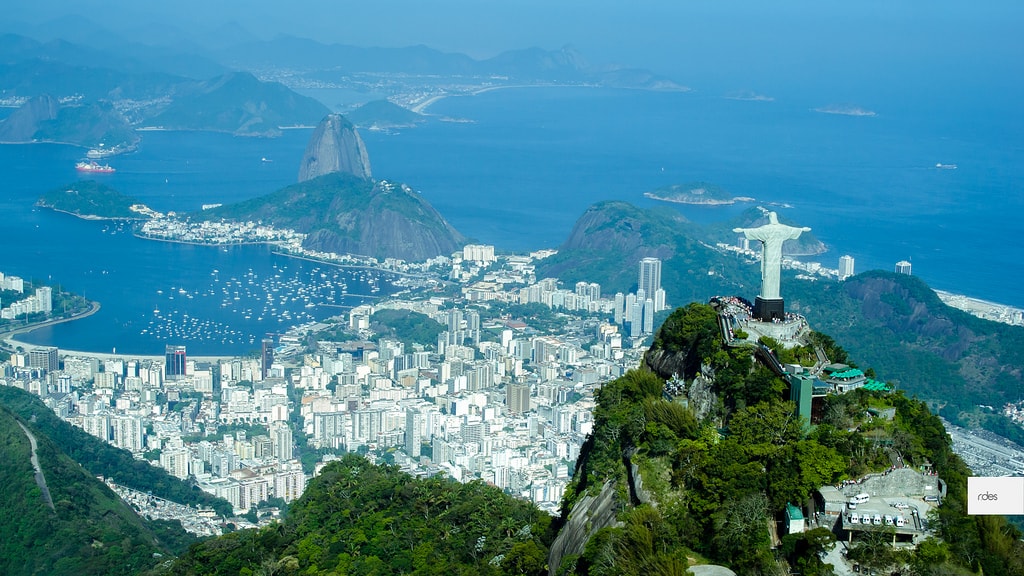
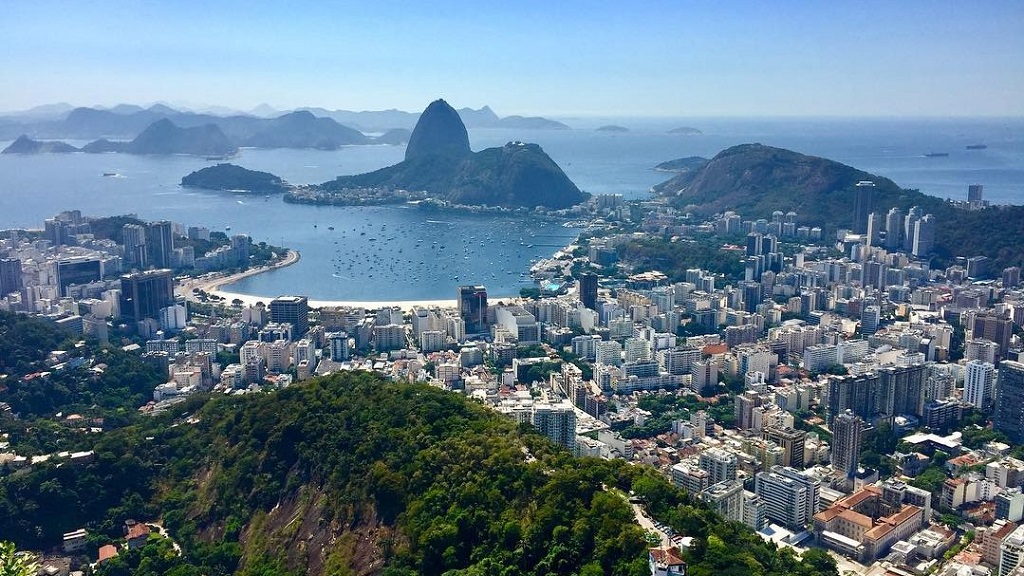
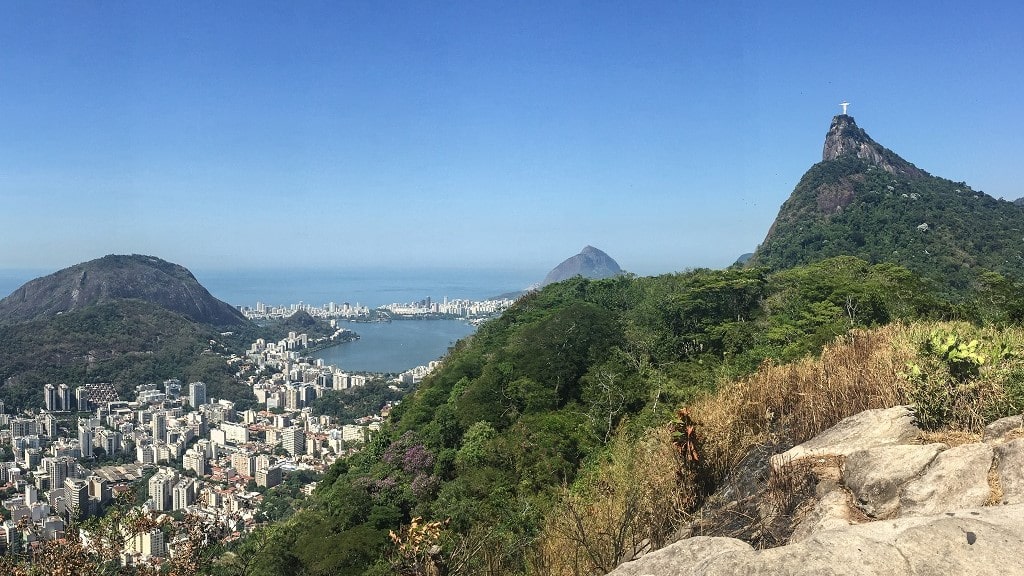
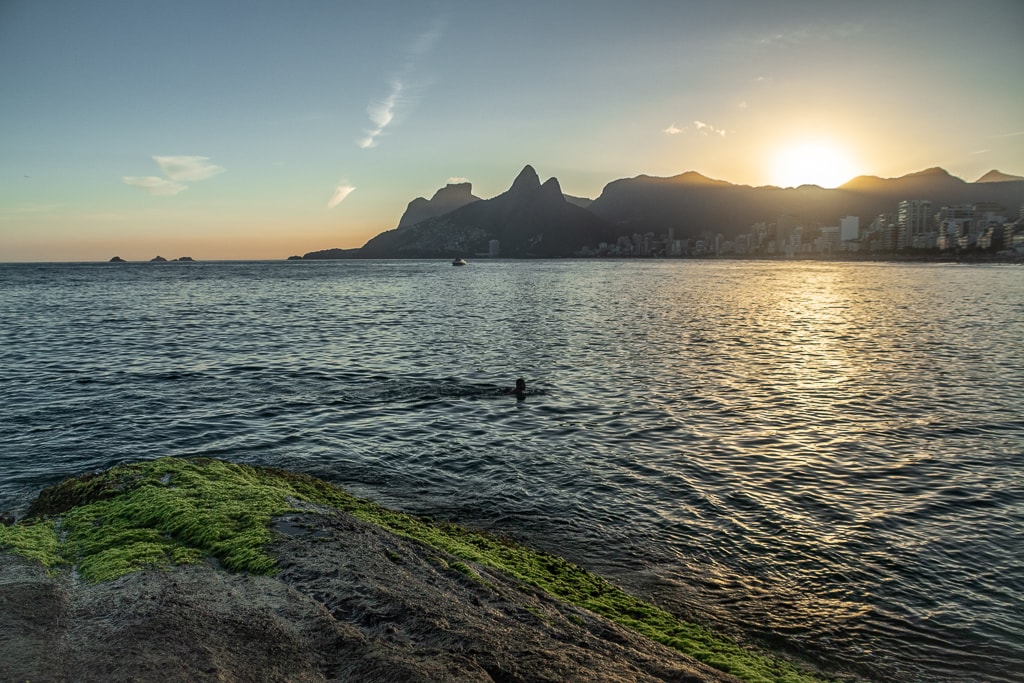
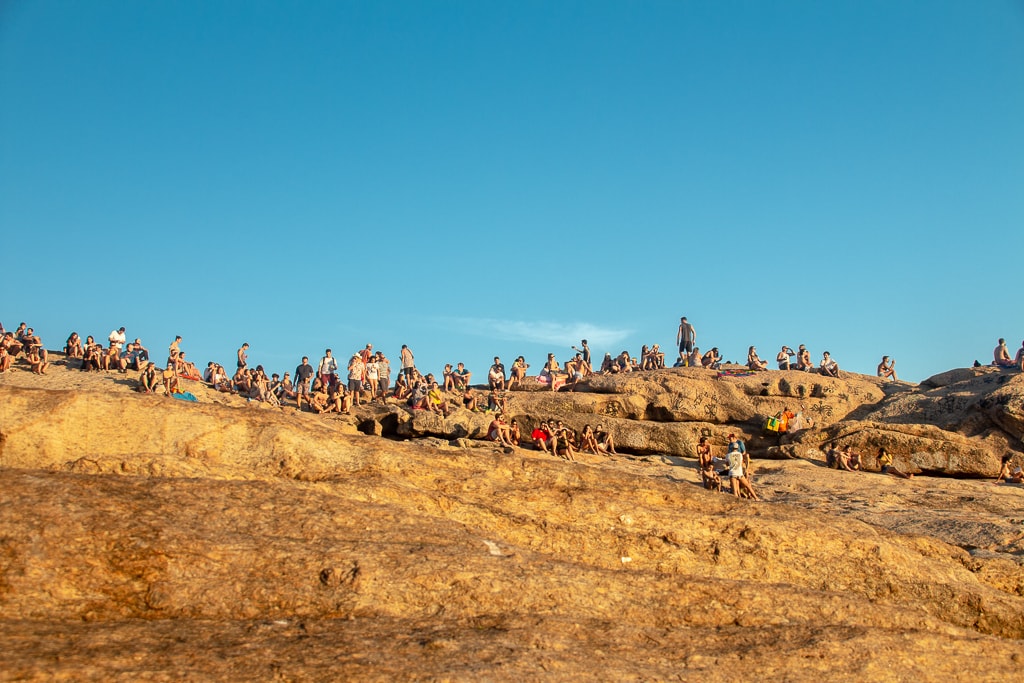

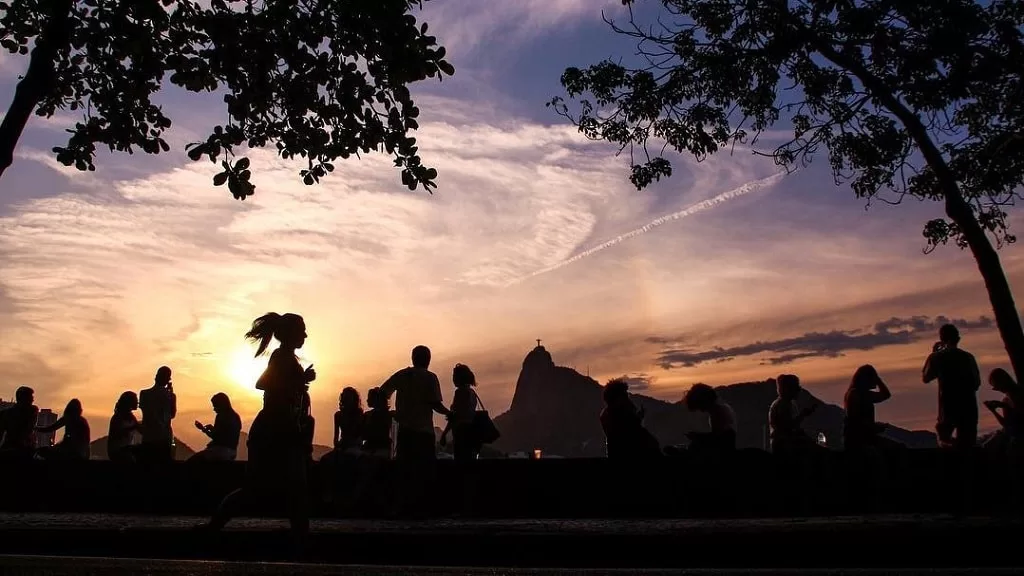
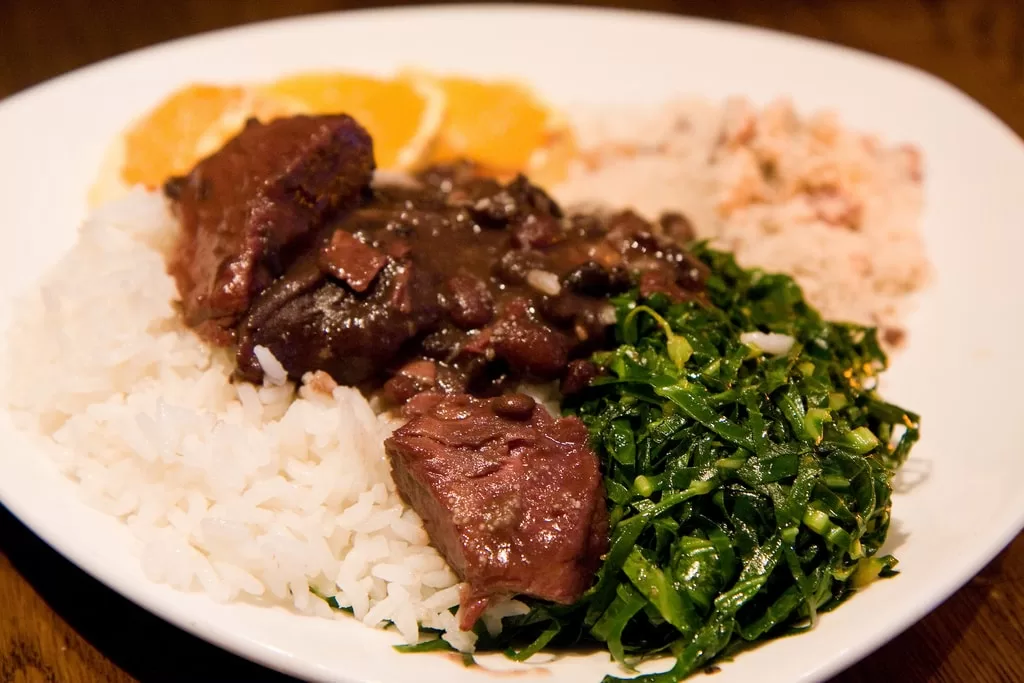
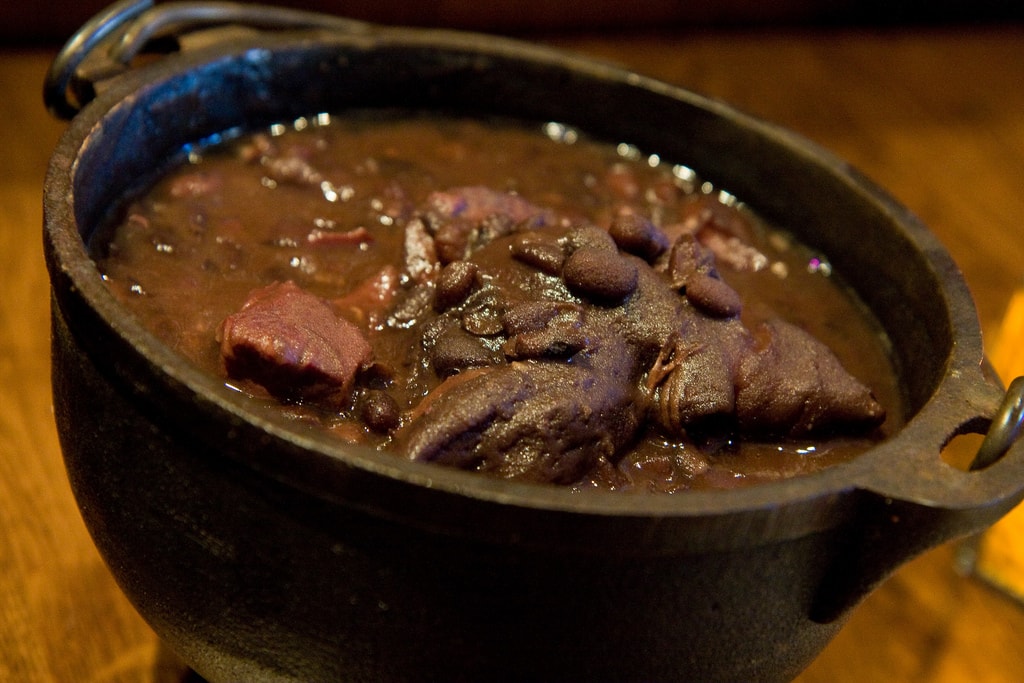
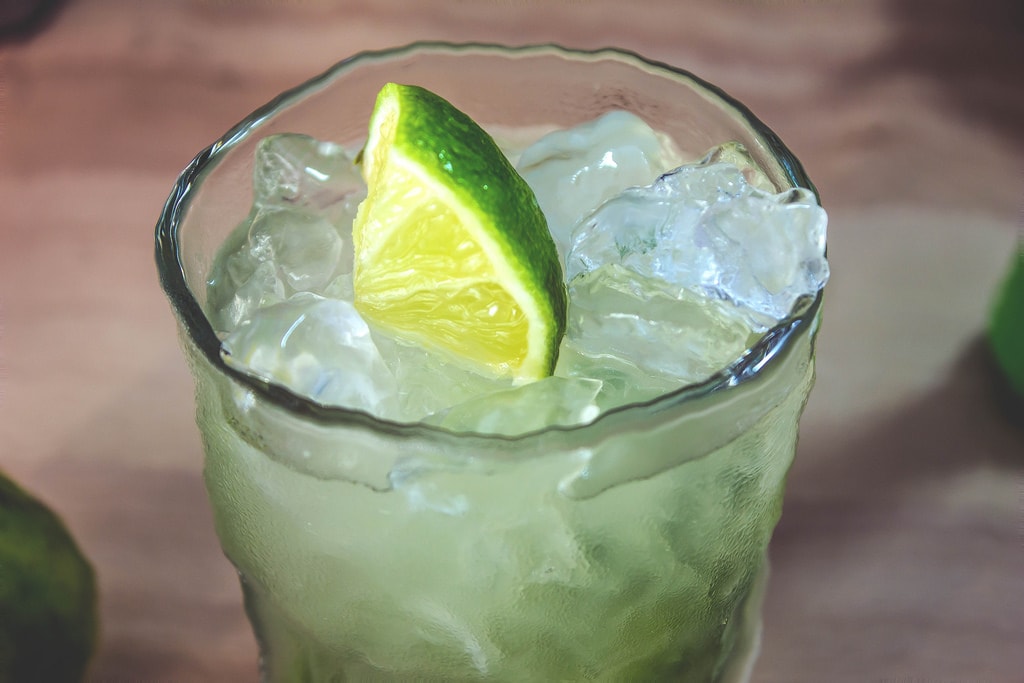
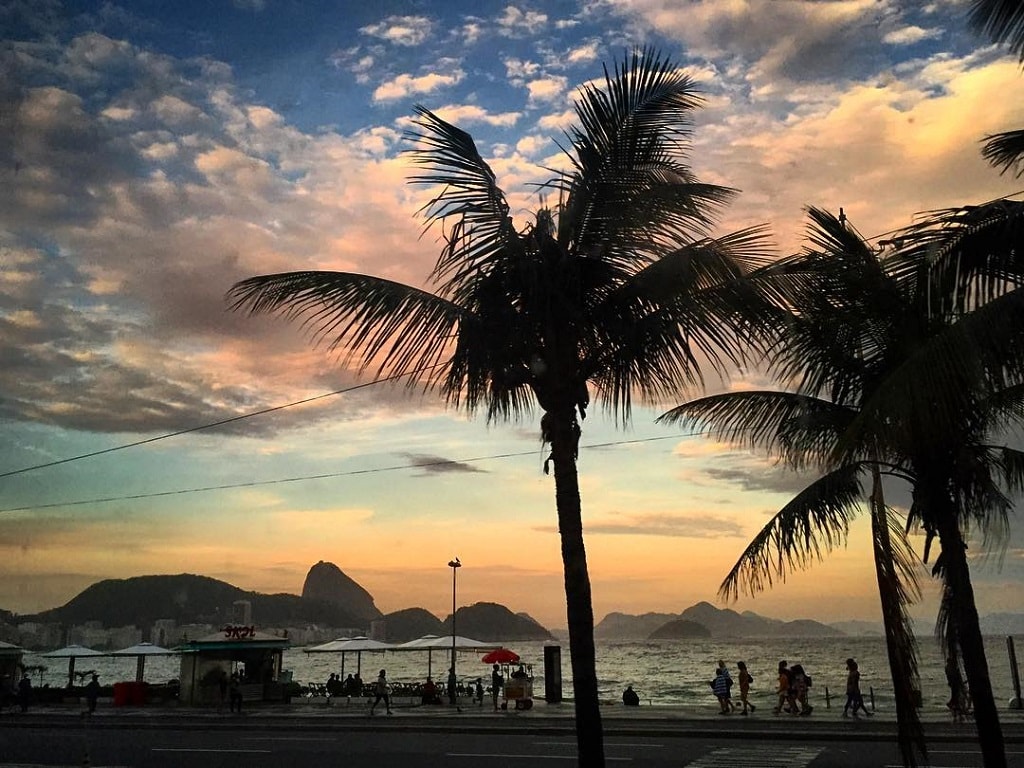
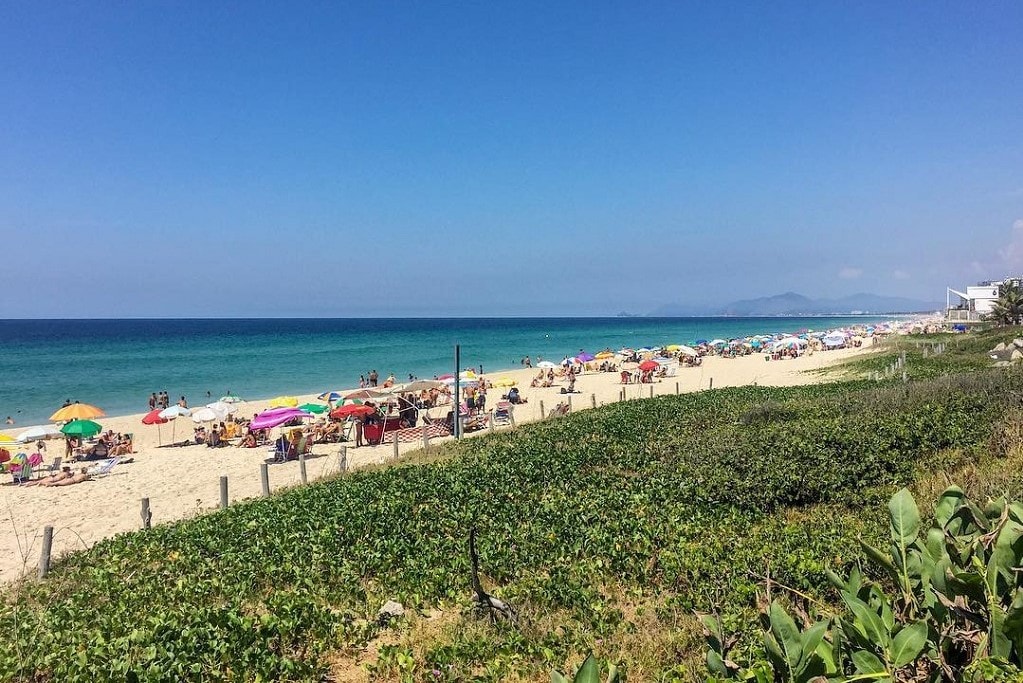
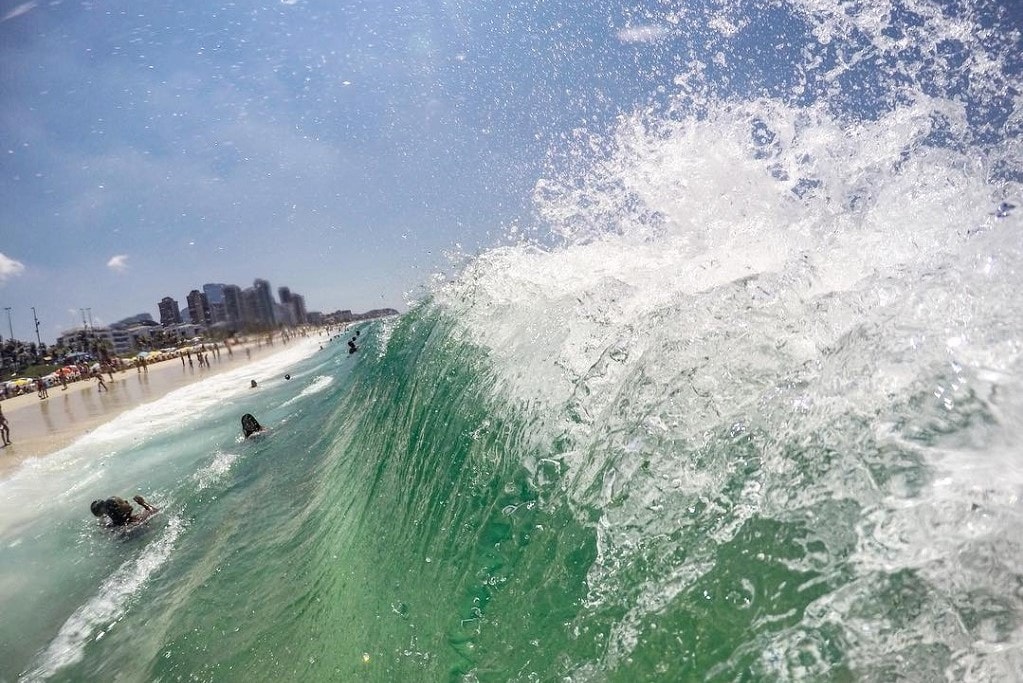

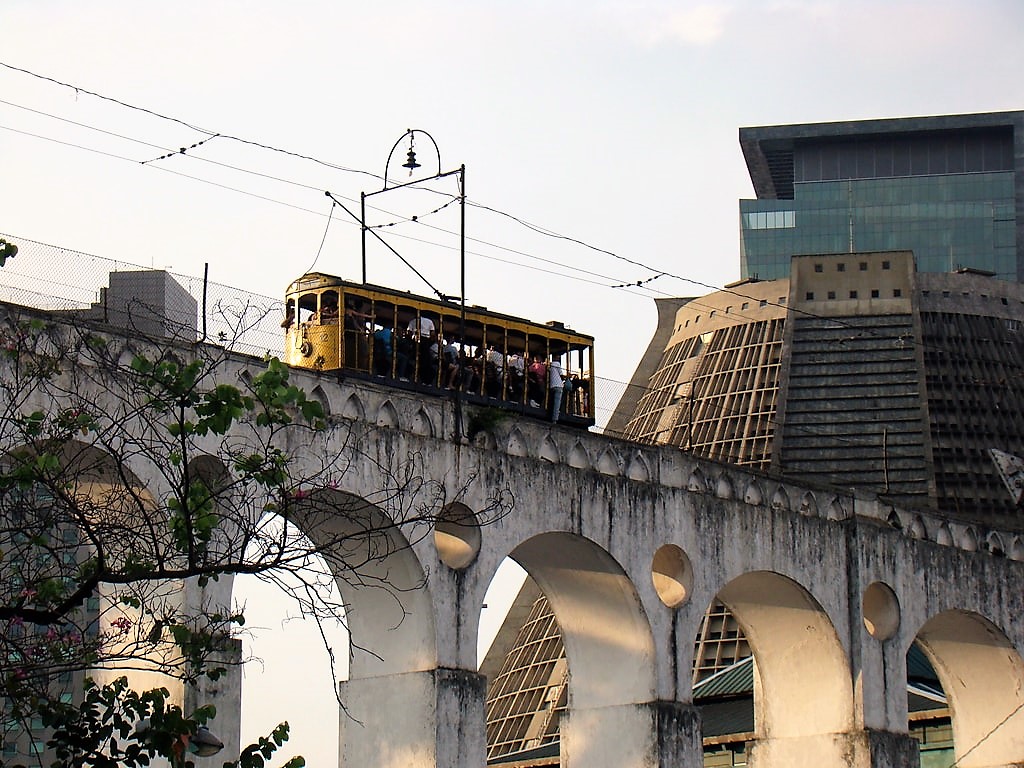
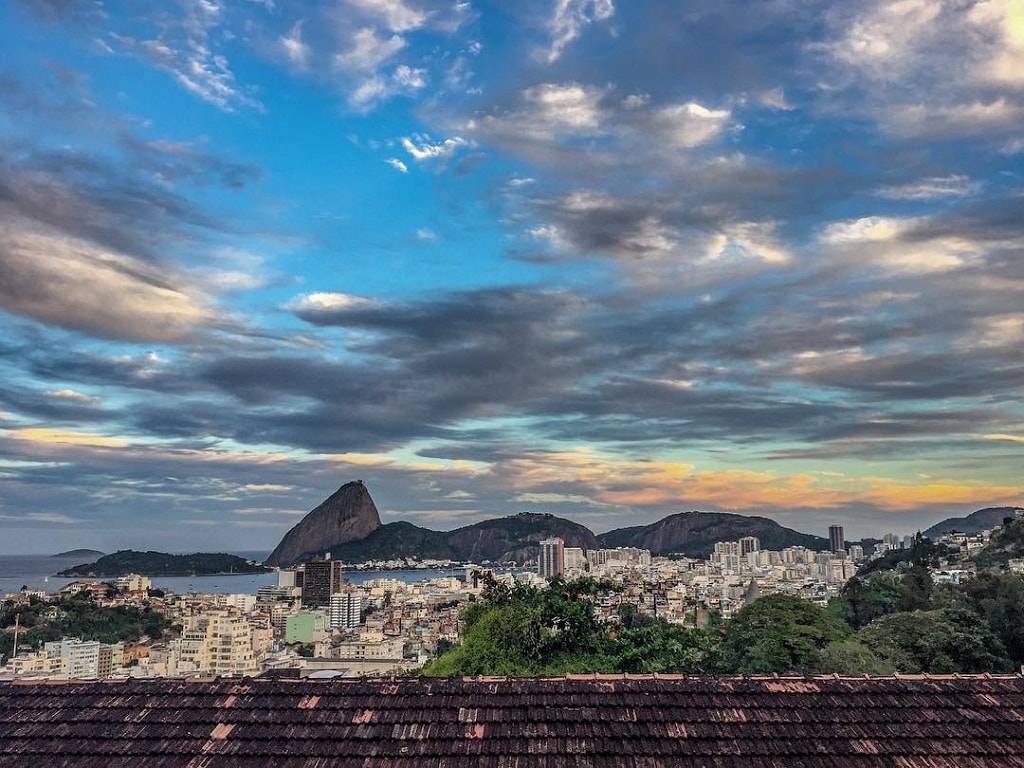
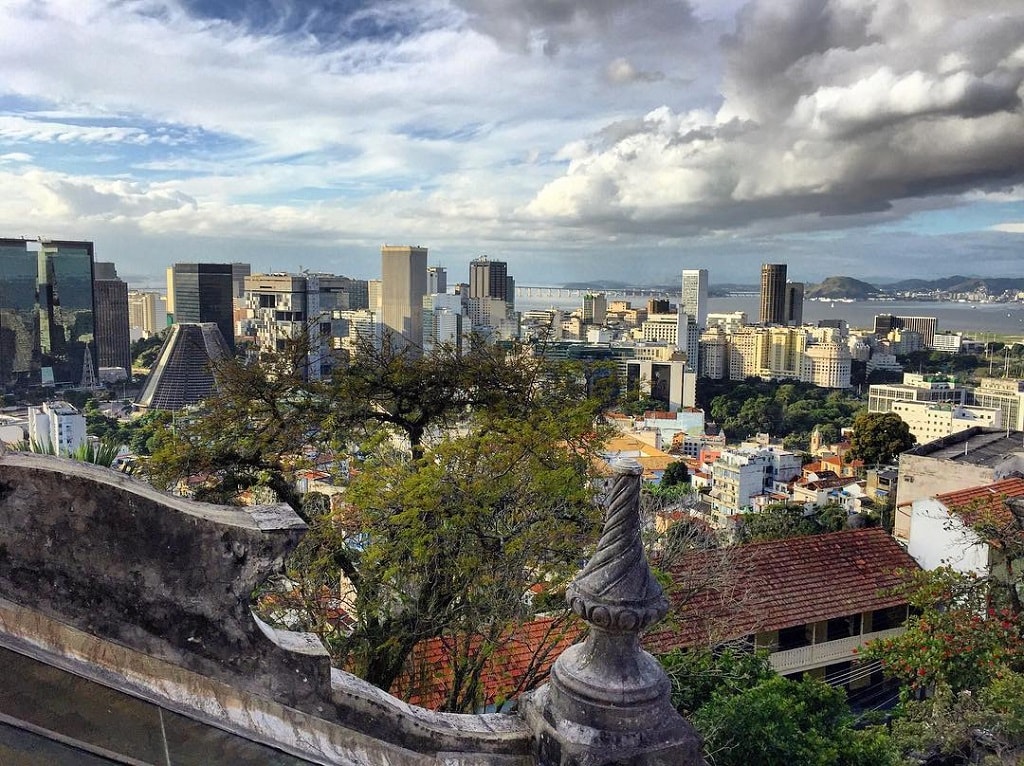
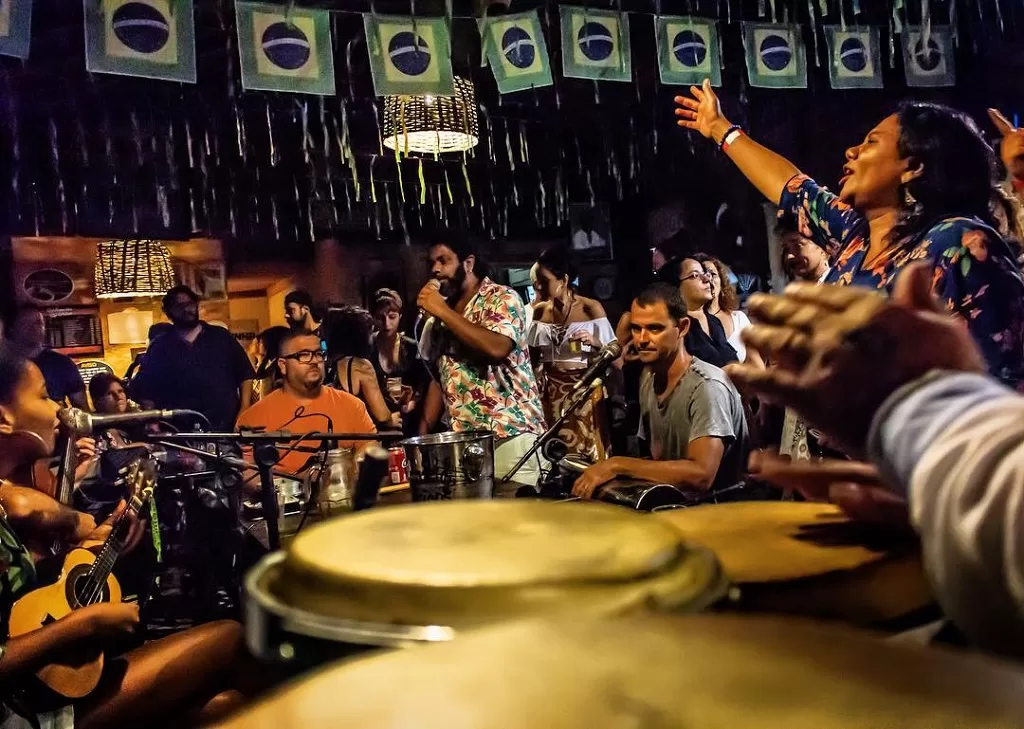
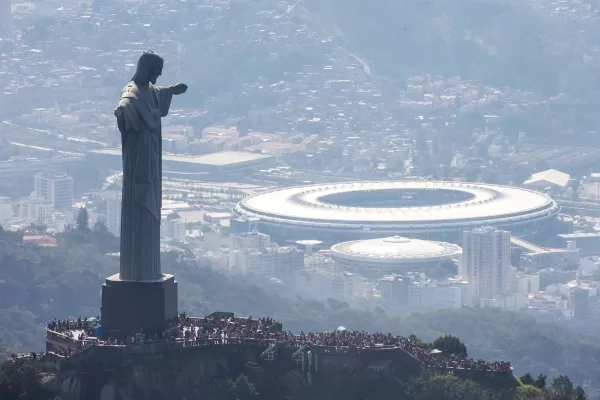
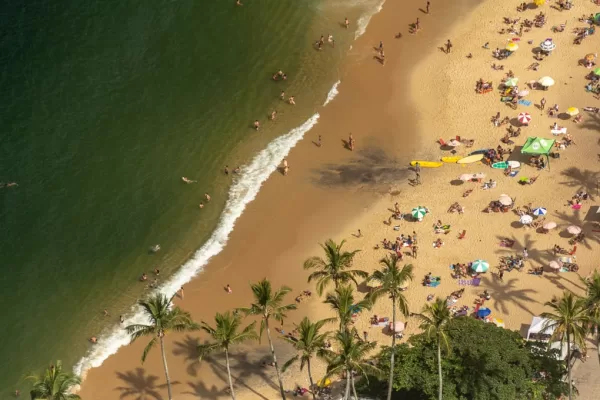
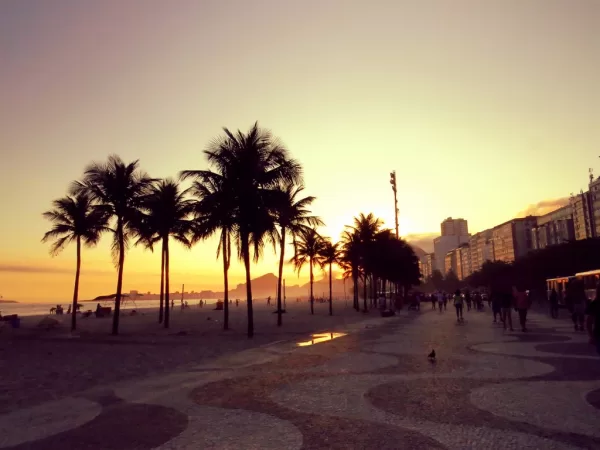
Pingback: Mistakes to avoid when traveling to Rio de Janeiro
Pingback: How to Visit Christ the Redeemer | Rio de Janeiro by Cariocas
Pingback: Somebody feed Phil Gastronomic Tour | Rio de Janeiro by Cariocas